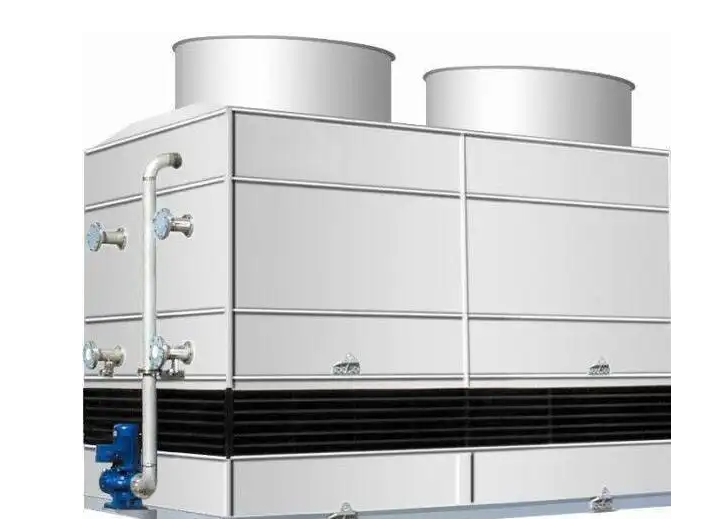
In traditional evaporator systems, the condensation of end-effect waste steam and circulating water cooling operate as two independent processes, each requiring a complete set of equipment. This not only results in a large number of devices, cluttering the production workshop, but also entails substantial financial and labor costs for equipment procurement, installation, and ongoing maintenance. Additionally, the extensive floor space occupied by the equipment limits enterprises' capacity for expansion. In an era of increasingly scarce land resources and rising land prices, this undoubtedly exacerbates operational costs.
The emergence of evaporative condensers has brought about a revolutionary innovation to traditional evaporator systems. By ingeniously integrating the two originally independent processes into one, their unique design and working principles drastically simplify the production flow. This innovation not only reduces the number of equipment, creating a more streamlined and rational layout in the production workshop, but also significantly minimizes equipment footprint, saving enterprises substantial land resources. Take the second-phase project of Chinalco Guangxi Huasheng Alumina as an example: after adopting evaporative condensers, the installation space has been utilized efficiently. Areas that originally required multiple scattered devices now only need properly positioned evaporative condensers, freeing up valuable space for enterprises. This space holds high value for either expanding production scale or constructing other facilities.
As a successful model for the application of evaporative condensers, the second-phase project of Chinalco Guangxi Huasheng Alumina fully demonstrates the equipment's powerful advantages. The Guangxi Huasheng Alumina Plant has a total production capacity of 4.8 million tons, among which the second-phase project uses evaporative condensers, configuring 20 sets of the equipment for two groups of 500-ton/hour evaporation units. These devices are arranged in a "back-to-back" manner and deployed in a modular array on the top platform of the evaporator's simple steel structure. This unique layout brings multiple advantages:
- **Enhanced Natural Ventilation**: The height of the top platform significantly improves natural ventilation, allowing air to flow more smoothly. This accelerates the evaporation and heat dissipation of the condenser's spray water, thereby greatly enhancing cooling efficiency.
- **Gravity Drainage Design**: Condensed water can flow into the lower collection system by its own gravity, reducing the use of additional power equipment and further lowering energy consumption.
- **Space Optimization & Environmental Isolation**: By arranging the condensers on the top layer, ground space is preserved for other production equipment and operator activities. The elevated layout also effectively isolates noise and steam generated during condenser operation, minimizing impacts on personnel on the ground.
In practical application, the second-phase project has achieved remarkable results, including a significant breakthrough of **annual cost reduction of 11.221 million yuan** and a **4.68 yuan/ton reduction in aluminum production costs**. From an investment perspective, the evaporative condenser solution reduces capital expenditure by **2.081 million yuan** compared to the traditional atmospheric condenser scheme. In terms of operating costs, it saves **9.14 million yuan annually**. These tangible figures fully demonstrate that evaporative condensers, with their strong technological advantages, are reshaping the economic landscape of alumina production—delivering significant economic benefits and enhanced market competitiveness to enterprises, while emerging as a critical driver for the industry's development.